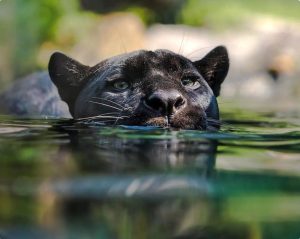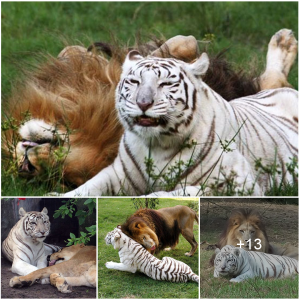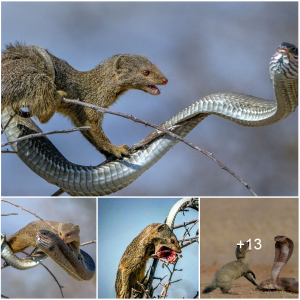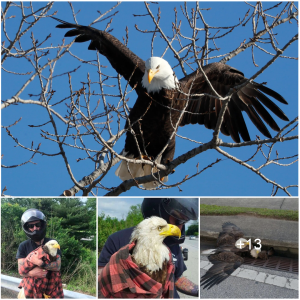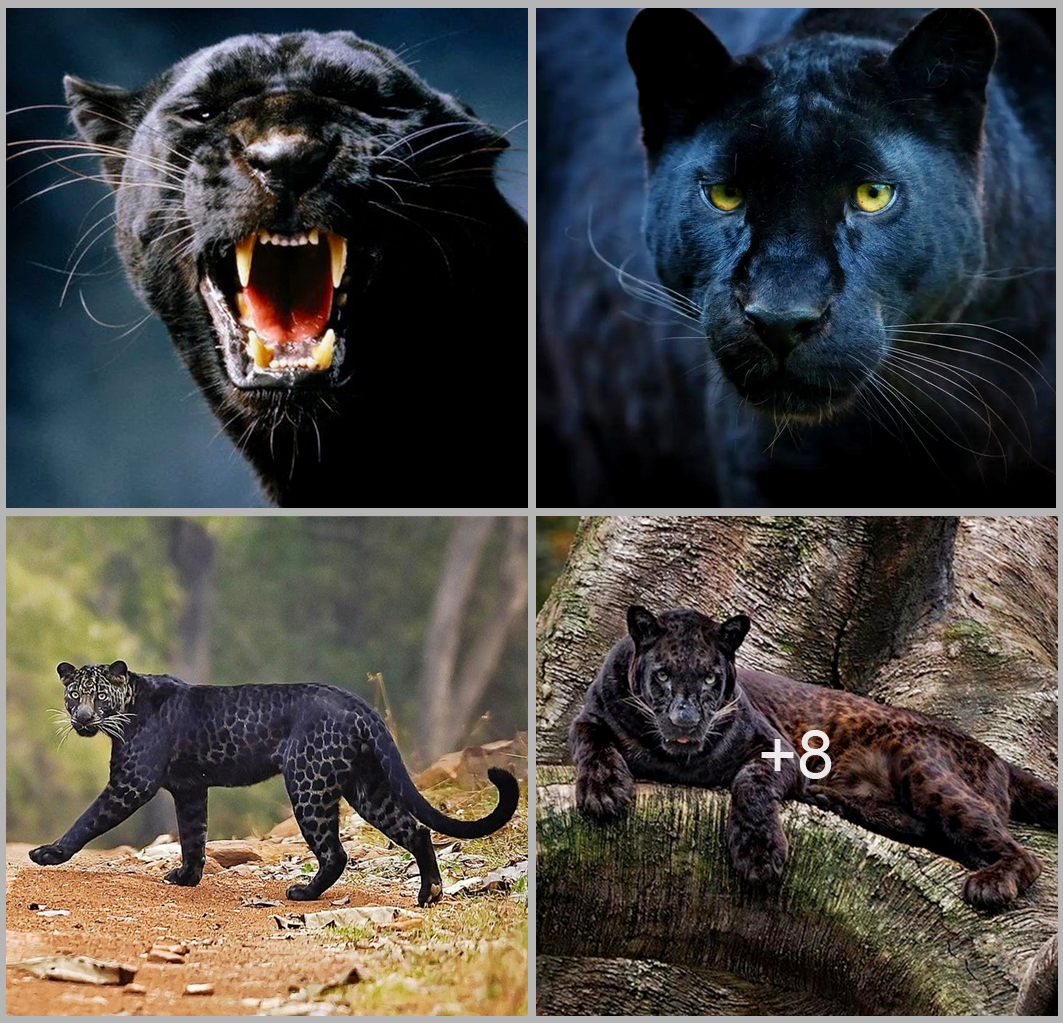
Origins of the Black Panther: The term “black panther” doesn’t refer to a specific large cat but is used for black jaguars and black leopards. These animals have dark fur, resulting in a black coat or large black spots on a dark fur background. The term “panther” comes from the genus Panthera, which includes contemporary species like jaguars and leopards, grouped together due to their similar skull characteristics.
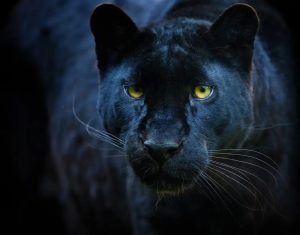
Melanistic Traits: Byron Weckworth, from Panthera, explains that melanistic traits in black leopards and black jaguars are heritable, with a recessive allele in leopards and a dominant allele in jaguars. Although melanin concentration varies, both species are very rare, accounting for about 10% of wild cats due to different environmental pressures and natural selection.
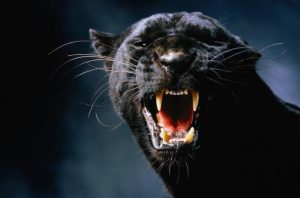
Habitat and Distribution: While T’Challa’s fictional nation of Wakanda is in Africa, black leopards inhabit Asia and Africa, primarily in dense, moist, and dark forest habitats. American black leopards mainly reside in wet lowlands, savannas, and tropical forests throughout Central and South America.

Unique Features: A notable feature of the Black Panther’s suit is its retractable vibranium claws, aiding in combat. Craig Saffoe compares these claws to switchblades, ensuring they are always protected and aiding in prey capture and climbing.
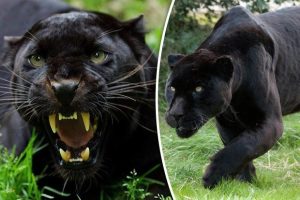
Hunting and Survival: Black leopards and black jaguars employ stealth while hunting, using their dark fur for effective camouflage. They have better nighttime vision and a keen sense of smell, aiding in their survival by detecting prey and identifying allies and enemies in the wild.
